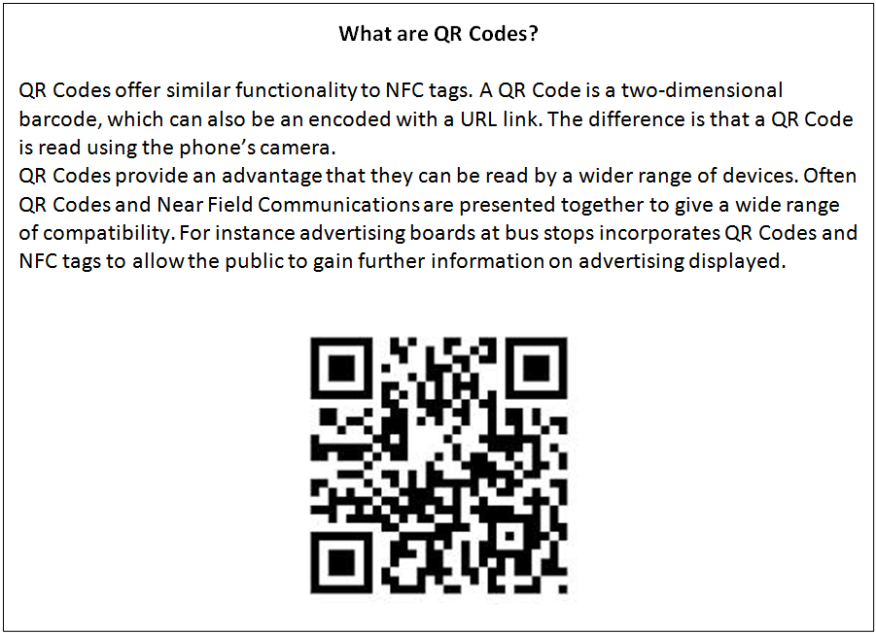
Road Network Operations
& Intelligent Transport Systems
A guide for practitioners!

Road Network Operations
& Intelligent Transport Systems
A guide for practitioners!
Location based marketing provides advertising or promotional information based on the user’s location. In the case of transport services, this might be during a transport journey or at a particular stop or station en route.
It is possible to create location based marketing with a Mobile App that automatically senses when a user has reached a particular destination but it is more common to get users to indicate they are at a particular location or “check-in” there, using the app.
One of the current most popular location based marketing apps (Foursquare) encourages users to check-in to a particular location. A leaderboard is established based on the most recent check-ins. Those at the top of the leaderboard are rewarded with special offers. For example, the Bay Area Rapid Transit Authority offers badges to those who check in at their stations. This has been reported to have improved patronage and customer satisfaction.
Social Media such as Facebook and Twitter also allow users to indicate that they have been at a particular location. This is commonly more used to provide brand awareness. Alternatively, location based marketing information can be provided to customers through a web link, which can be provided through a URL, tapping an NFC tag or scanning a QR code (See "What are QR Codes?" below).
Increasingly paper timetables at public transport stops are being supplemented with the use of such QR codes and NFC tags.
One of the challenges is the speed of technological development and the rapid proliferation of technology. The public transport authority or operator must decide whether to provide QR codes on printed material in addition or instead of SMS codes. Additionally they may consider providing NFC tags or possible ibeacons. An informed decision should be made based on the purpose of the interface, the approach taken to printed information and the prevalence of devices able to read the information provided.
Location based marketing can be delivered not only to personal mobile devices, but also to on-vehicle audio visual systems. This is especially relevant to public transport where an increasing number of trains and buses have audio visual screens installed.
In Karlstad in Sweden, when buses are in the vicinity of a well known fast food chain advertisements are played in between next stop information and announcements and disruption information (See http://geosignage.se/eng/disruption-information-and-location-based-ad/)
Near Field Communications is a short range communications technology, which allows RFID tags to be read using using radio communications. It is available in most recent smartphones but not on Apple iPhones. It allows data to be exchanged if the phone is presented to a NFC specific tag. Typically this is used to provide a web link to further information.

When users scan a QR code or tap a NFC tag it is important they are presented with the relevant site (mobile optimised) to obtain the content they expected.
Privacy concerns are important when develop location based marketing. Some users may find it intrusive to have promotional messages generated whenever they reach a particular location. An “opt-in” approach where users can opt in for this type or marketing is preferable. Also, practitioners should also limit the storage of user location data, if it is stored then it is clear what this data shall be used for and preferably, made anonymous. (See Privacy)